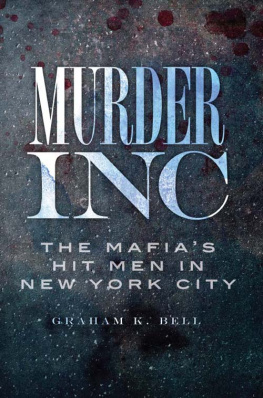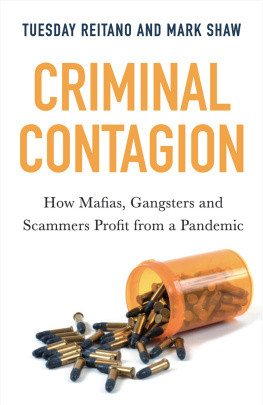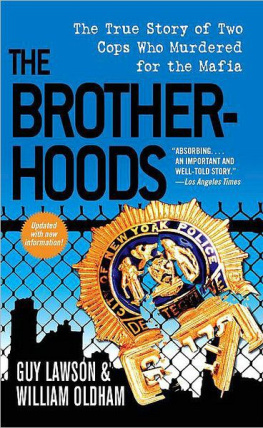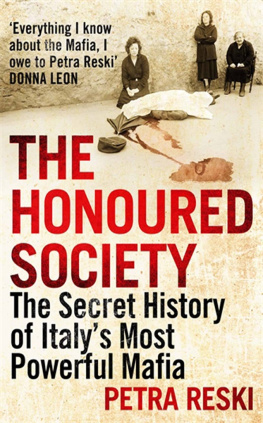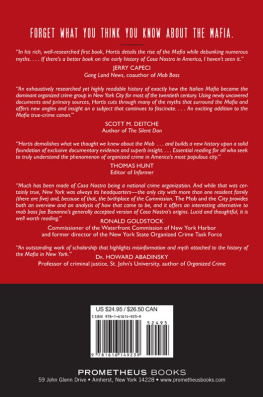Praise for Blood Brotherhoods
[BLOOD BROTHERHOODS] is no dry, scholarly work. Dickie writes with the same distinctive flair that made his book DELIZIA!, on the history of Italian cuisine, so readable.
Daily Telegraph
It is almost certainly the most ambitious true-crime assignment ever: to lift the veil of myth, mystery and silenceomertshrouding Italys notorious criminal organisations. The result is a stunning success; a sprawling, powerful historical narrative that is the definitive story of Sicilys Mafia, the Camorra of Naples and Calabrias Ndrangheta.
Adelaide Advertiser
Both fine social history and hair-raising true crime, this account of the Italian underworld clans tells a grimly fascinating tale.
Independent
Exciting and well written, it plays out like a 19th-century Sopranos.
Shortlist
Magisterial... absorbing...
Scotsman
[E]nthralling... chillingly charts the birth and rise of all three of Italys mafias.
Dr John Guy
Italians often complain that foreigners are obsessed by the Mafia, turning a localised problem of organised crime into a stereotype that damages the image of a whole nation. Yet as John Dickie shows in this chilling and eye-opening book, the real problem is that the stereotype is correct.... A fine book.
Bill Emmott, The Times (London)
Drawn with expertise and mastery of detail... [Dickie] combines narrative skills in his description of skullduggery with excellent pen-portraits of striking individuals. His reader-friendly, racy style becomes more sober and reflective when he offers points of analysis, and now no one anywhere writes with such authority on Italys criminal gangs.
Times Literary Supplement
John Dickies chronicling of the Italian mafias is both fine in detail and engrossing in narrative sweep.
John Lloyd, Financial Times
BLOOD
BROTHERHOODS
Also by John Dickie
Cosa Nostra
Delizia!
Mafia Republic
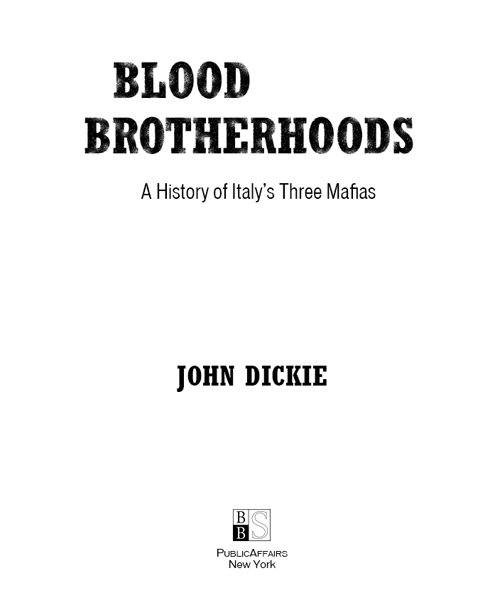
Copyright John Dickie, 2011, 2013, 2014
First half published as Blood Brotherhoods in Great Britain in 2011 by Sceptre, an imprint of Hodder & Stoughton, an Hachette UK Company; then published as Mafia Brotherhoods in paperback in 2012; and second half first published as Mafia Republic in 2013
Published in 2014 in the United States by PublicAffairs,
a Member of the Perseus Books Group
All rights reserved.
No part of this book may be reproduced in any manner whatsoever without written permission except in the case of brief quotations embodied in critical articles and reviews. For information, address PublicAffairs, 250 West 57th Street, 15th Floor, New York, NY 10107.
PublicAffairs books are available at special discounts for bulk purchases in the U.S. by corporations, institutions, and other organizations. For more information, please contact the Special Markets Department at the Perseus Books Group, 2300 Chestnut Street, Suite 200, Philadelphia, PA 19103, call (800) 810-4145, ext. 5000, or e-mail .
Maps by Neil Gower and Clifford Webb
Book Design by Linda Mark
Library of Congress Cataloging-in-Publication Data
Dickie, John, 1963
Blood brotherhoods : A History of Italys three mafias / John Dickie.
pages cm
Includes bibliographical references and index.
ISBN 978-1-61039-428-4 (e-book)
1. MafiaItalySicilyHistory. 2. NdranghetaHistory.
3. CamorraHistory. 4. Organized crimeItalyHistory. I. Title.
HV6453.I83M326933 2014
364.10609458--dc23
2014001947
First Edition
10 9 8 7 6 5 4 3 2 1
Dedicated to the memory of Gilbert Dickie (1922-2011)
The blackest despair that can take hold of any society is the fear that living honestly is futile.
CORRADO ALVARO
C ONTENTS


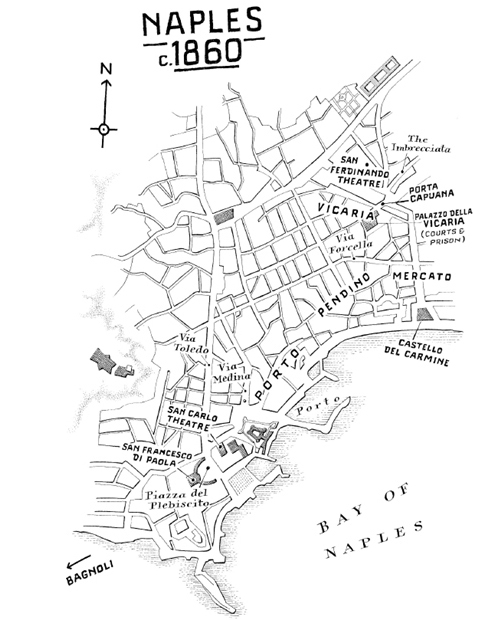

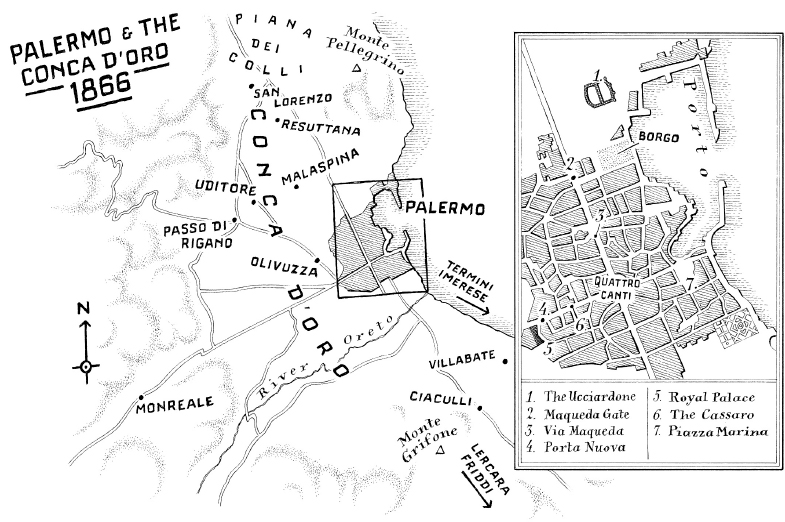

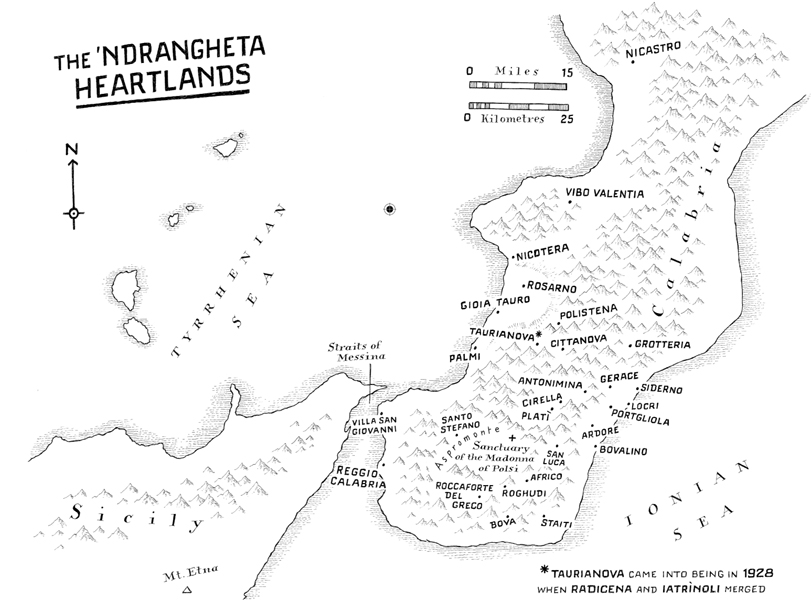

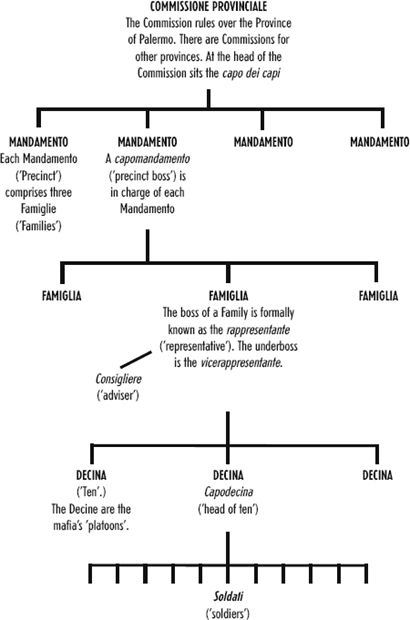
As first described by Tommaso Buscetta in 1984
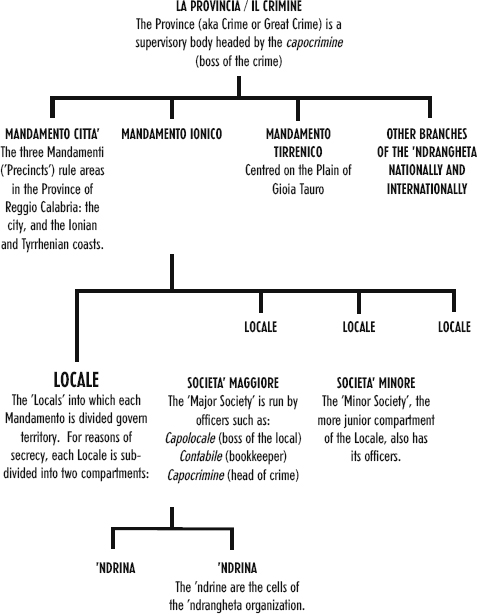

(Source: Operazione Crimine, summer 2010.)
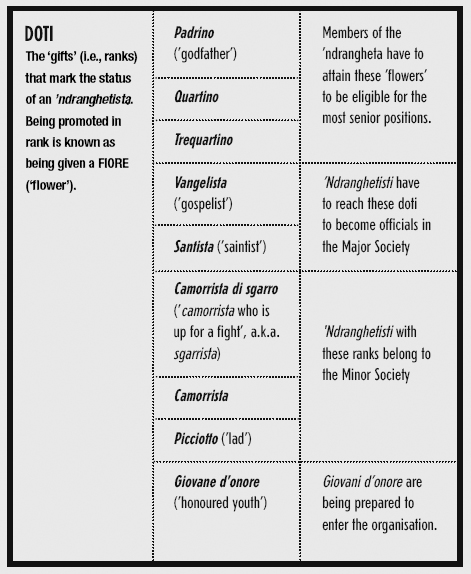

Once upon a time, three Spanish knights landed on the island of Favignana, just off the westernmost tip of Sicily. They were called Osso, Mastrosso and Carcagnosso and they were fugitives. One of their sisters had been raped by an arrogant nobleman, and the three knights had fled Spain after washing the crime in blood.
Somewhere among Favignanas many caves and grottoes, Osso, Mastrosso and Carcagnosso found sanctuary. But they also found a place where they could channel their sense of injustice into creating a new code of conduct, a new form of brotherhood. Over the next twenty-nine years, they dreamed up and refined the rules of the Honoured Society. Then, at last, they took their mission out into the world.
Osso dedicated himself to Saint George, and crossed into nearby Sicily where he founded the branch of the Honoured Society that would become known as the mafia.
Next page

